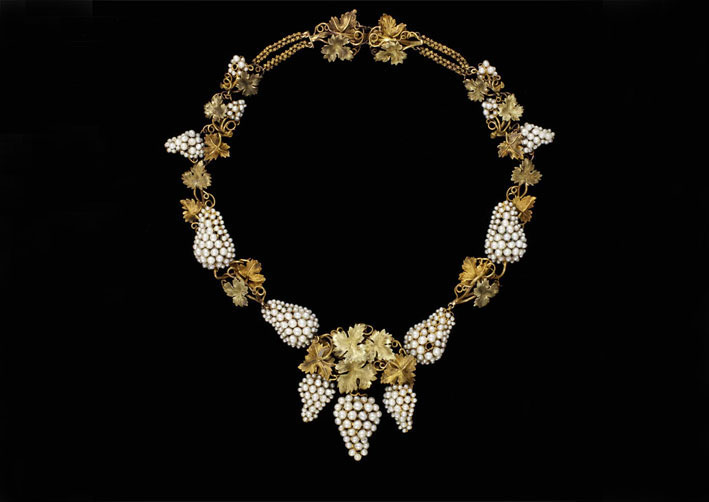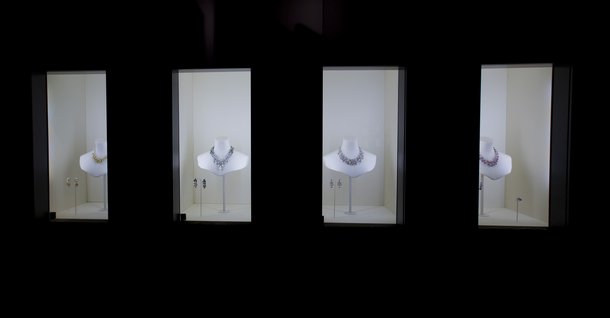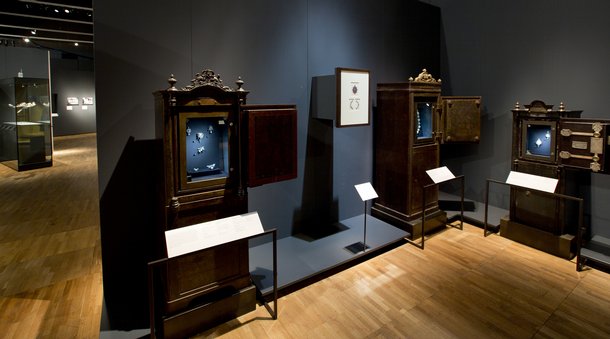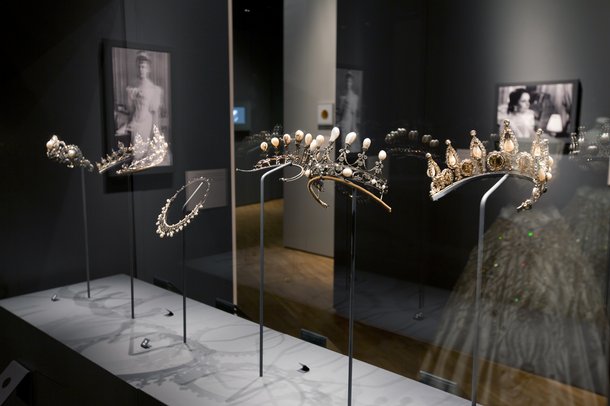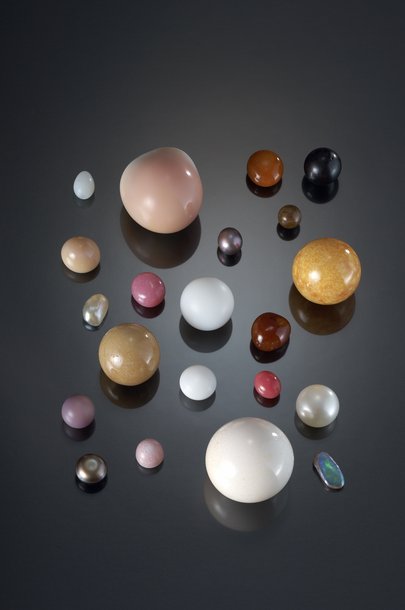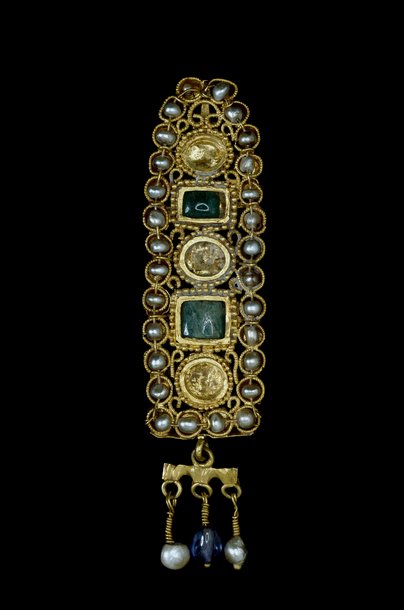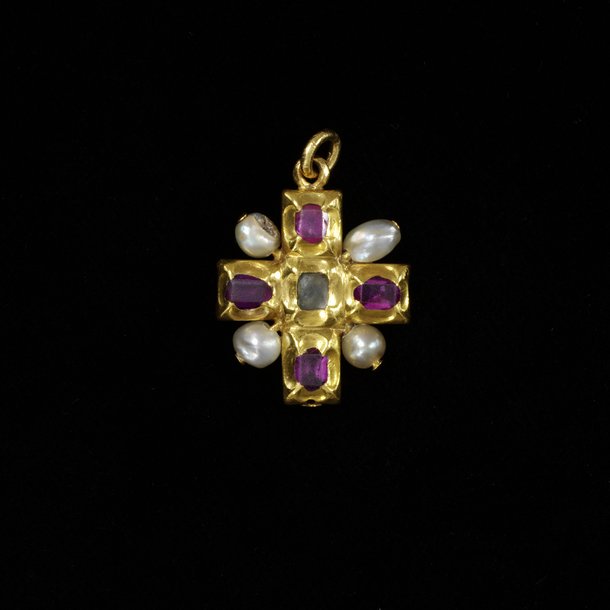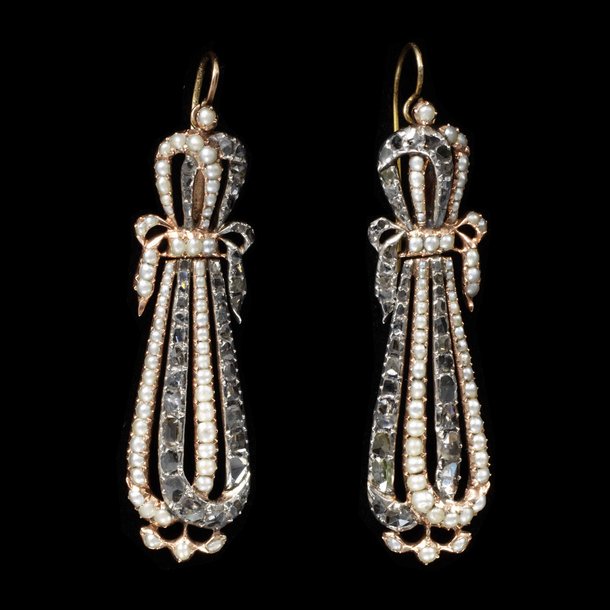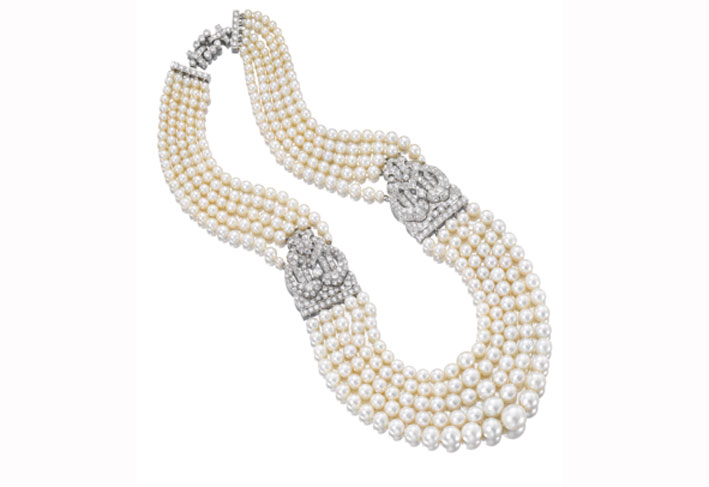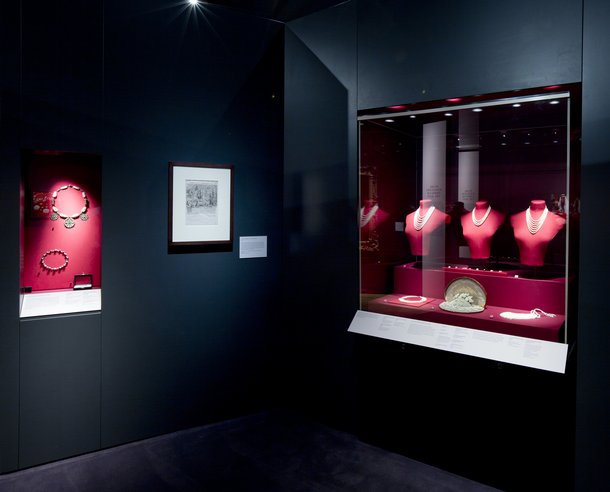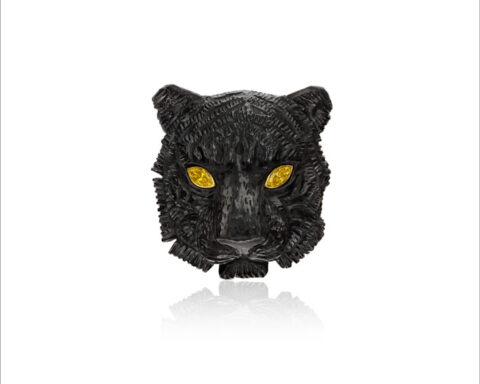Pearls have a special charm. Unlike gems, they are the result of biological evolution. Each one is different from the other and, as all women who own a pearl necklace know, they must be worn to continue to shine, that is, to live. The exhibition that the Victoria and Albert Museum has organized in London is the best testimony of how wonderful these little drops of mother-of-pearl can be. The pearls on display, set or composed in phantasmagorical jewels, are the testimony of a passion that dates back thousands of years. The charm of these jewels transcends time and borders. Natural pearls have always been objects of desire due to their rarity and beauty. Myths and legends surround them and goldsmiths, jewelers and painters have also exploited their symbolic form, between seductiveness and purity, from being a sign of luck in marriage to becoming messengers of mourning. By the way, we are not only talking about pearls, round and smooth, but also about mother-of-pearl, appreciated in jewelry for its decorative character.
Pearls as a symbol. Between the West and the East, the style of jewelry varies, but the symbolic meaning of pearls has remained the same: symbols of power and an indicator of rank in society. In the past, rulers wore crowns adorned with pearls to demonstrate the dynastic authority and prosperity of their lands. In Russia, Iran, China and India, the ostentation of pearls was an integral part of the royalty of monarchs. In Europe, aristocratic women wore rare pearls mounted on splendid tiaras to amaze and impress. Then, the old social conventions were overturned and pearls adorned the necklines of ladies seeking fame and fortune. The goddesses of Hollywood and, more recently, of fashion and celebrities of all kinds, have contributed to ensuring that the charm of pearls does not wane.
Pearls in history. Among the ancient Romans, pearl jewelry was considered an envied and expensive luxury, a symbol of wealth and status. In medieval Europe, pearls were depicted as symbols of authority on insignia, and as attributes of Christ and the Virgin Mary, a sign of purity and chastity. With the Renaissance, portraits showed nobles and wealthy merchants with pearls as an ornament, a symbol of wealth. And with the seventeenth and eighteenth centuries, pearls had now gone from being a sacred emblem to a profane one: pearls were part of sumptuous jewelry, often worn seductively. They were also demonstrations of high social rank. In the early nineteenth century, pearls were considered romantic ornaments, they were mounted on “sentimental” jewelry, to convey intimate messages, to celebrate love or express pain. The opulence and ceremonial in European courts in this period saw a great use of pearls in necklaces of all sizes, from very long ones to chokers. Finally, in the twentieth century, in Paris, jewelers used them in the Art Nouveau style: urban life and fashions had changed, and women wore sleeveless dresses, with pearl sautoirs that hung down to the waist and beyond.

